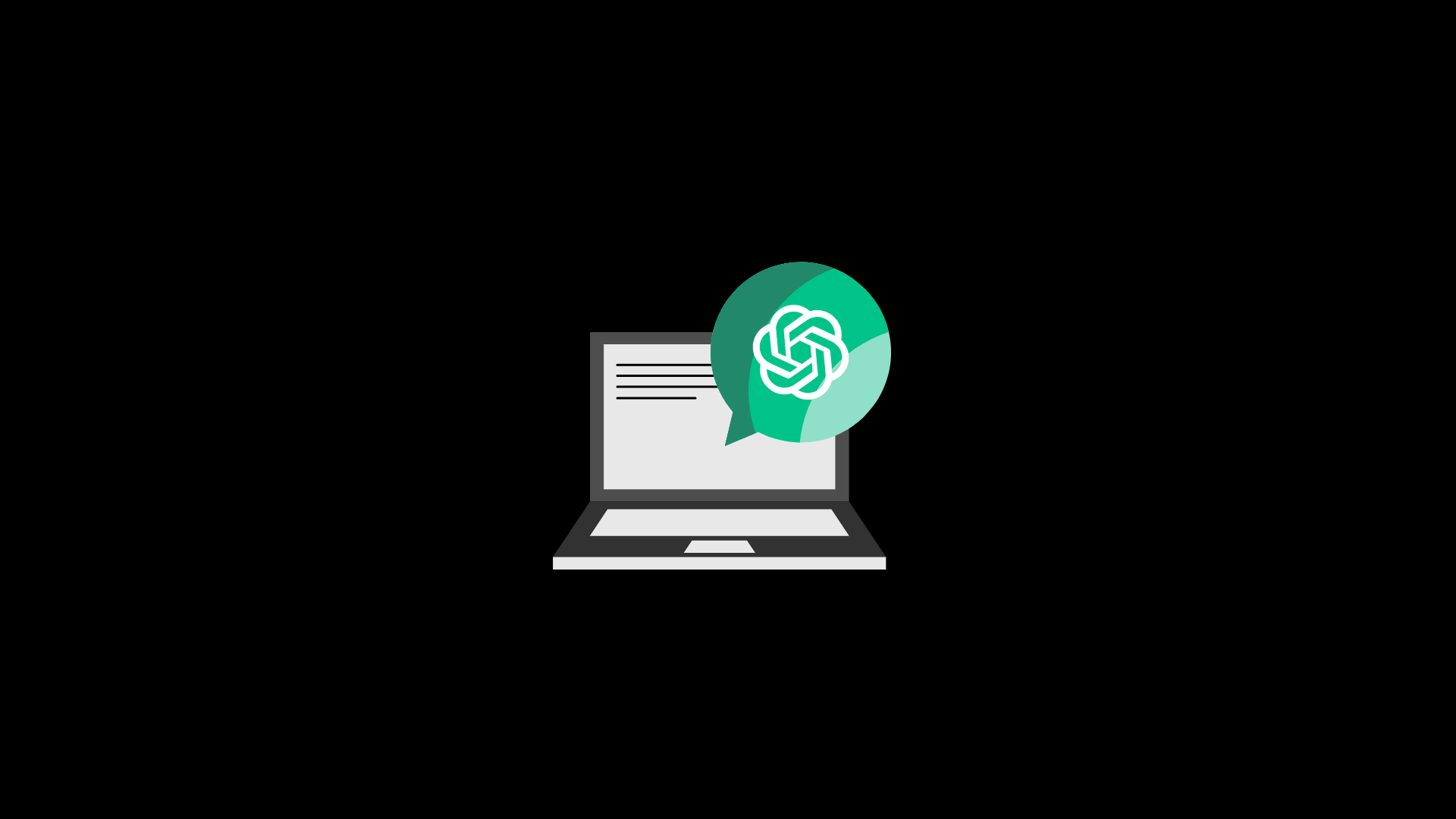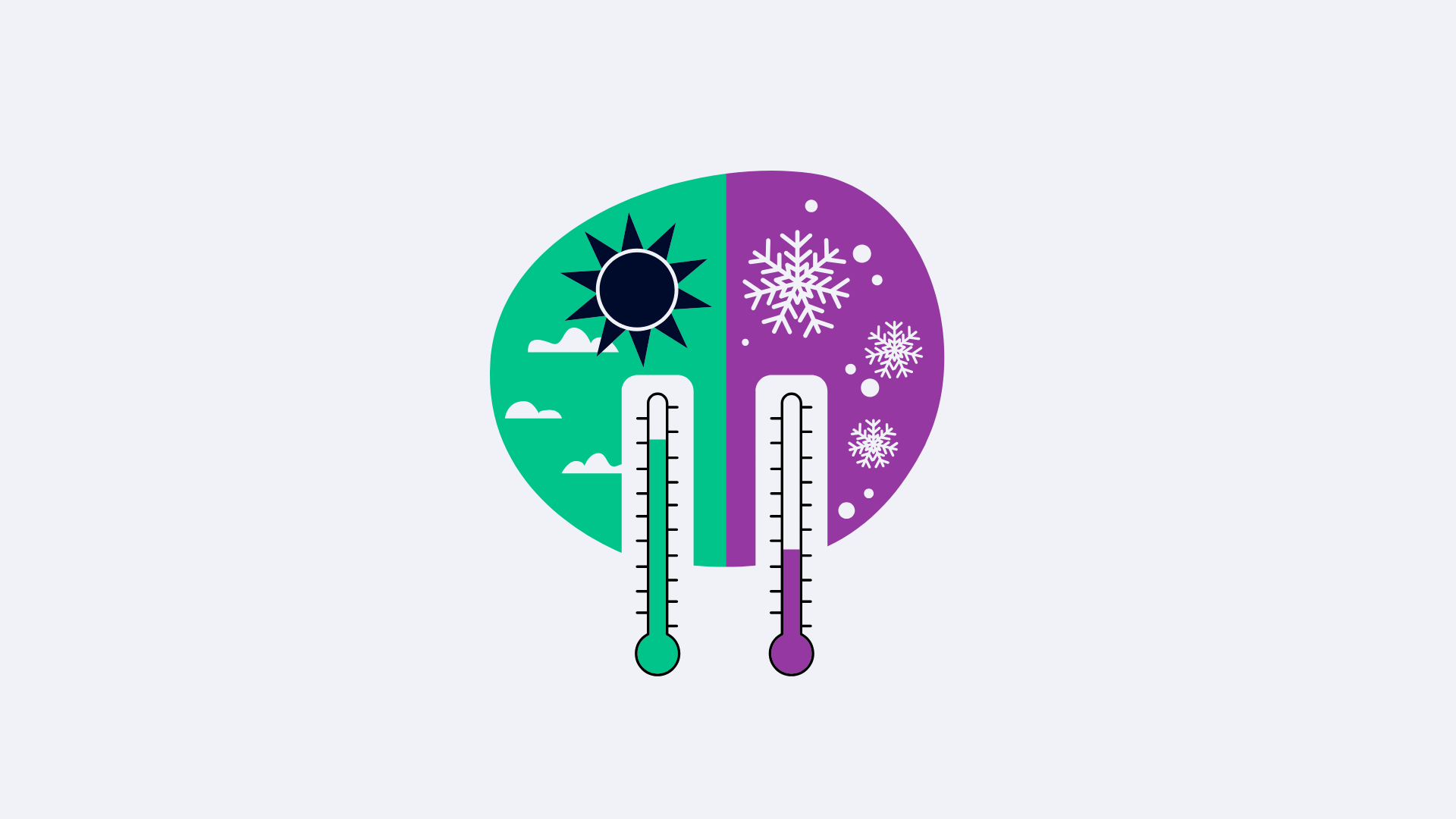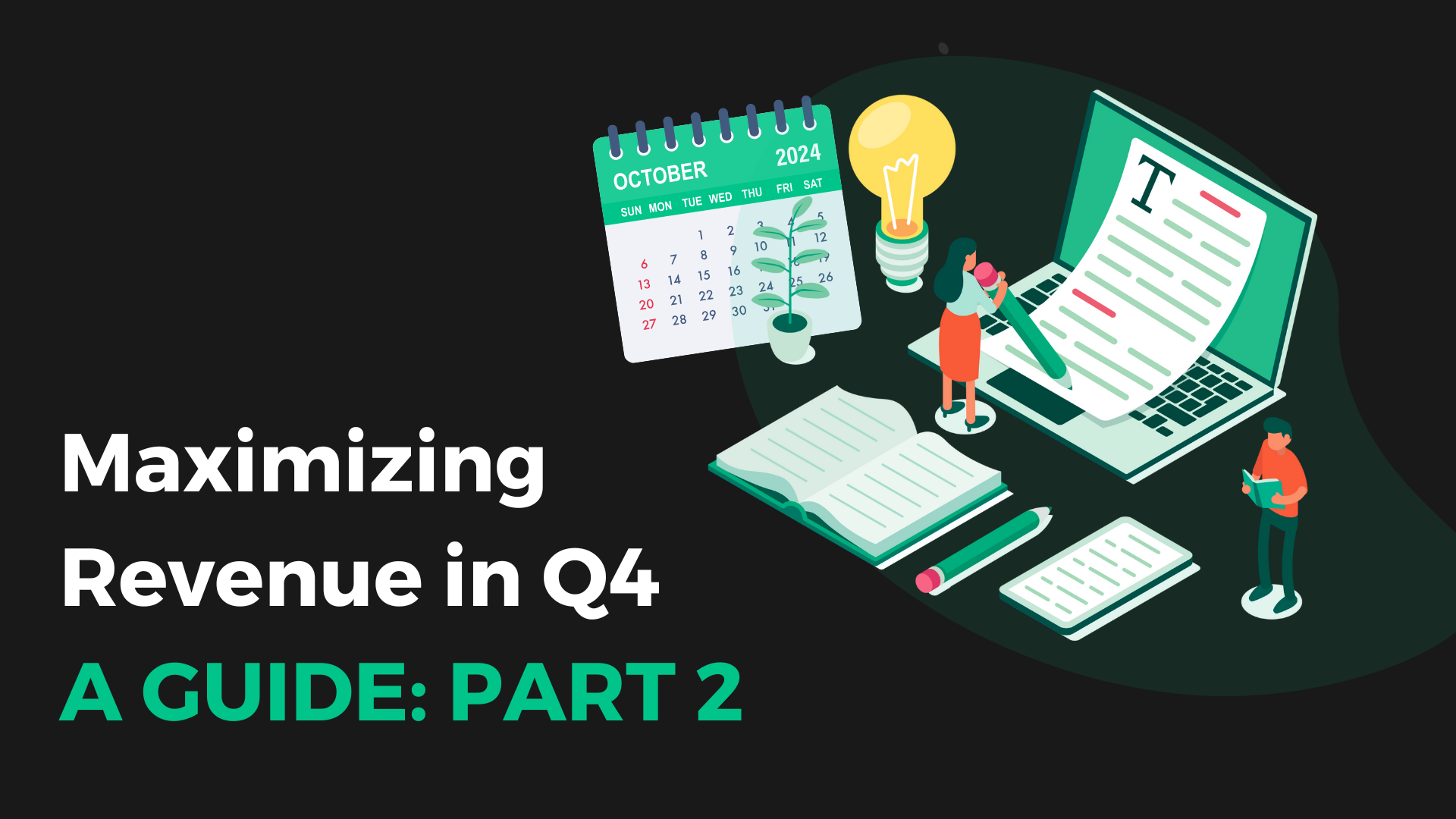As AI and machine learning evolve, language models such as ChatGPT are gaining popularity among content creators. ChatGPT is a powerful tool that can generate high-quality text content quickly and efficiently. However, as with any technology, there are both advantages and disadvantages to using ChatGPT for content creation.
In this blog post, we will examine the potential downsides of using ChatGPT, including its lack of creativity and the risk of bias in its generated content. We will also provide some best practices for using ChatGPT effectively in content creation, such as combining it with human-written content and fact-checking the information it generates.
By the end of this post, you will better understand the advantages and disadvantages of using ChatGPT for content creation and how to leverage its strengths effectively.
What are the downsides of using ChatGPT for content?
As an AI language model, ChatGPT has many strengths, such as generating high-quality text content, providing quick responses, and learning from a vast amount of data. However, there are also several downsides to using ChatGPT for content creation:
- Lack of Creativity: While ChatGPT can generate high-quality text, it needs creativity and intuition. It can only generate content based on what it has learned from the training data, and it cannot generate original ideas or think outside the box.
- Limited Domain Knowledge: ChatGPT is a general-purpose language model trained on a vast amount of text data. However, it may not have the domain knowledge required to generate accurate and relevant content for specific industries or niches.
- Risk of Bias: ChatGPT is trained on a massive amount of data from the internet, which means that it can reflect the biases and stereotypes present in the data. This can lead to creating content that may contain implicit biases or promote harmful stereotypes.
- Inability to Fact-Check: ChatGPT generates text based on patterns it has learned from the training data. It needs to be able to fact-check the information it is developing, which can lead to the creation of inaccurate or misleading content.
- Limited Interactivity: ChatGPT is designed to generate text based on the input it receives. However, it cannot interact with users in the same way that a human can. This can limit its usefulness for content creation in situations where user interaction is essential.
How can a website publisher effectively use ChatGPT?
We understand the importance of adopting new technologies, but when it comes to content, it is crucial to keep the human element of it. Like chatbots on websites, users prefer to talk to a human; the same goes for content. A website publisher can effectively use ChatGPT for content creation by following these best practices:
- To generate ideas: ChatGPT can help website publishers create ideas for content creation. ChatGPT can generate a list of related ideas or themes to inspire new content by providing a topic or keyword.
- Train the chatbot on specific content: Website publishers can train ChatGPT on explicit content to improve its performance and accuracy. By providing ChatGPT with examples of high-quality content, it can learn to generate similar content in the future.
- Edit and fact-check content generated by ChatGPT: ChatGPT can render text quickly, but it may not always be accurate or relevant. Website publishers should review the content generated by ChatGPT and edit it as necessary. Additionally, they should fact-check the information provided to ensure it is accurate and up-to-date.
- For repetitive tasks: ChatGPT can be used to generate content for repetitive tasks, such as meta and product descriptions, meta tags, and social media captions and blurbs. This can save time and improve productivity.
- To combine with human-written content: While ChatGPT can generate high-quality content, it should not be used as a substitute. Instead, website publishers should use ChatGPT to supplement and enhance human-written content. This helps create a more diverse and engaging website that appeals to a broader audience.
Overall, website publishers should use ChatGPT as a tool to enhance their content creation process rather than as a replacement for human creativity and expertise. By following these best practices, website publishers can leverage the strengths of ChatGPT to improve their content and create a more engaging website for their audience.
If you’re looking to improve productivity across your business, here’s a list of other AI-powered tools that website publishers can utilize:
- Canva: Canva is an AI-powered graphic design tool enabling website publishers to quickly create stunning graphics and visual content. It offers a range of templates, images, and design elements that can be customized to suit a website’s branding and style.
- Stockimg: Stockimg helps you generate the perfect stock photo you need every time.
- Writer.ai: Writer is the only enterprise AI platform that builds off of LLM “clay” and adds layers of intelligence that include excellent writing, business context, your content, and your company facts. And we’re the only one that detects and fact-check output for you.
- Illustroke: With Illustroke, you can create vector images from text prompts.
- Vidyo: Vidyo.ai is a cloud-based software that helps global video creators expand their reach with minimum effort. Their platform lets you make short-form vids from long-form content in just a few clicks.
- Inkforall: The INK Company, Inc. is ushering in a new era of content optimization systems. Their innovative solutions include AI-generated long-form content, SEO optimization, AI detection protection, and more!
By choosing the right AI tools and using them effectively, website publishers can achieve their goals and create a better user experience for their audience.






